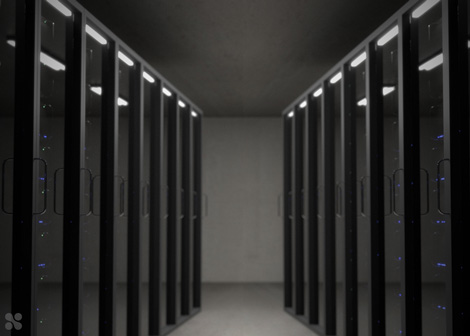DATA CENTER FOR BUSINESS CONTINUITY
The relationship between business continuity and data center is crucial in online services, whether they’re provided as cloud computing or through virtualized machines. It’s essential to define the services regarded as having priority that the data center should guarantee. This way, you avoid definitions that are too abstract or incomprehensible to non-experts.
The purpose of this approach is to determine an optimal quality level of the service provided by the company that owns, manages, or buys it from third-parties. Even more so, the request for professional guidance in finding the best data solutions is so high among companies that risk management has become a subject of university studies.

A data center is a short name for a data processing center: the core of the activity carried out by high-level hosting services. It usually resides in huge rooms located either in the company’s headquarters or in external locations, sometimes under the surveillance of specialized staff.
Most of the time, this structure is organized in server racks–the “cabinets” in which the various machines are recessed, connected and programmed/managed by system engineers.
The connected servers can be controlled directly (which occurs in the case of resets, restarts, or some types of updates) or remotely (which guarantees maximum flexibility).
The operators are often called upon (sometimes at unpredictable times) for complex, but necessary, timely interventions. And it’s here that the idea of business continuity comes into play as an essential parameter to be optimized.
The concept of business continuity, on the other hand, is expressed in the enhanced capacity, guaranteed at any level, of being able to continue providing the service even in critical conditions or in the unfortunate event of damages or accidents.
Beyond what it entails at first glance relating to security (read: avoid losing your data forever), business continuity is essential for maintaining an adequate image of the company from the outside, avoiding receiving excessive criticism from unsatisfied users. In simple words, it’s a mix of good marketing and technical warranties that all companies operating on the web need to thrive.
As already noted in a previous article, business continuity is a more extensive concept than data recovery. Not only does business continuity imply the possibility of providing the service in all situations, but it also includes the ability to recover data thanks to a series of adequate procedures at a strategic, operational, and tactical level.

Once you understand the importance of it, how can you make sure that the data center guarantees business continuity? On an engineering level, this occurs in two different ways.
First, by equipping the infrastructure with an adequate level of electric machines capable of guaranteeing a constant voltage in the event of sudden changes or power outages (therefore, for example, uninterruptible power supplies). Second, through backup systems that should be present in multiple copies, possibly also in the cloud or on machines virtually inaccessible by any intruders or malware.
This discussion also includes various requirements on energy efficiency, to avoid waste and guarantee, at the service level, maximum productivity and safety for customers and data center operators.
Contact us
Fill out the form and one of our experts will contact you within 24 hours: we look forward to meeting you!






